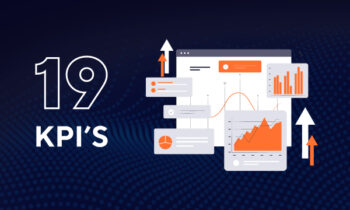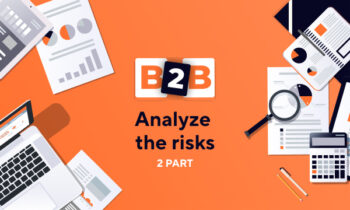The 7 challenges of DATA in 2023
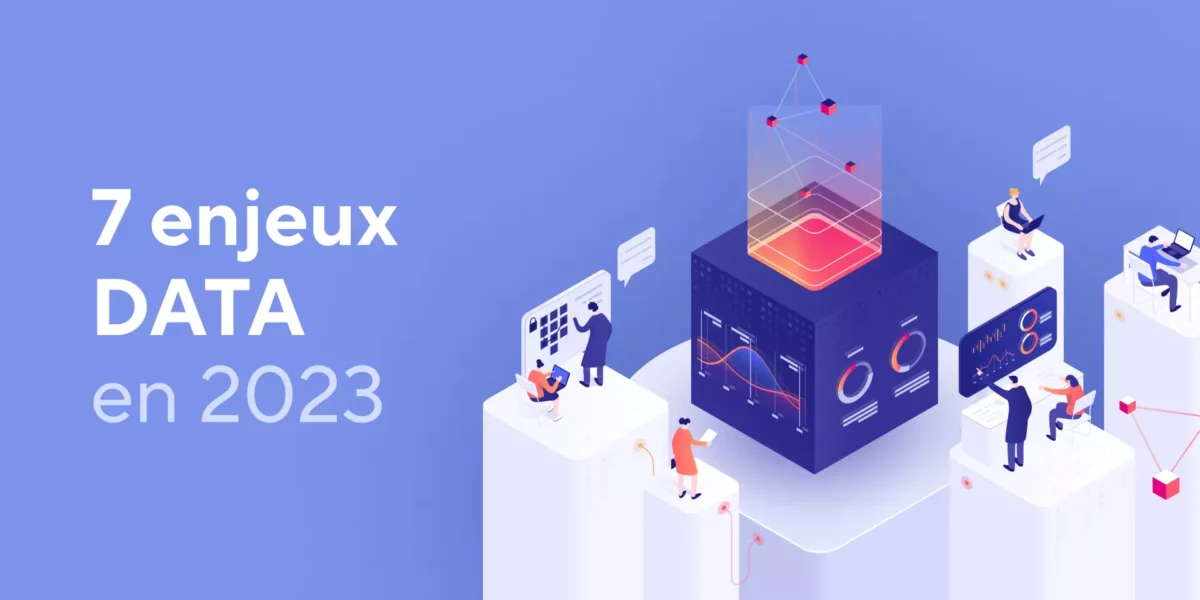
“Data,” with 18,100 monthly Google searches in France, according to the Keyword Planner, has become more ubiquitous than ever in recent months. Many data-related keywords are currently trending, such as ChatGPT, #jenesuispasunedata, and data privacy. Data is at the core of our digitized world and, most importantly, business strategies, enabling informed and controlled decision-making.
Looking back briefly at 2022, the challenges revolving around data included topics like artificial intelligence, flexible governance, ethics, and data equity. In a world where innovation thrives through data exploitation, here’s a brief overview of the 7 trends to consider when boosting your data strategy this year.
It’s no spoiler that this new year will be significantly marked by the disappearance of third-party cookies. Initially announced for the end of 2022, Google has now postponed the date to the second half of 2023. We are entering a new pivotal era for the data economy.
#1: Web Analytics, what to choose?
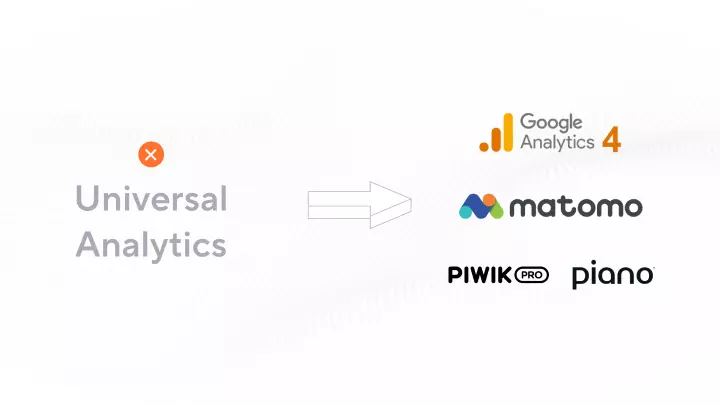
July 2023 marked the end of Universal Analytics, Google’s flagship tool, which has been deemed illegal by the CNIL (French data protection authority) since February 2022. Google has recently announced to its users that UA properties will be automatically migrated to Google Analytics 4. Access to previously collected data will still be possible for a minimum of 6 months.
It will be wise to export your historical data, and it will still be necessary to follow the instructions published by the CNIL in July 2022 to remain compliant with the GDPR, particularly by using data pseudonymization through the process of “proxification.” This might also be an opportunity to choose another tool among the 18 solutions proposed by the CNIL in a configuration that allows for consent exemption. Among the contenders to succeed UA are AT-internet, Eulerian, Matomo, and Piwik Pro.
With Analytics 4, Google is completely changing its approach by offering a data model based solely on events. Artificial intelligence now takes center stage in the platform, enabling the automatic retrieval of precise and valuable information based on effective predictive indicators.
In a context where the management and protection of personal data are significant challenges for the American company, which has been regularly reminded by European supervisory authorities, Google announces a focus on privacy: anonymization of IP addresses and the removal of third-party cookies.
If you haven’t done so already, it is more than urgent to consider migrating to another web analytics tool and not be caught by the automatic switch to GA4.
Contact our experts for guidance!
#2 : Tracking Server-Side
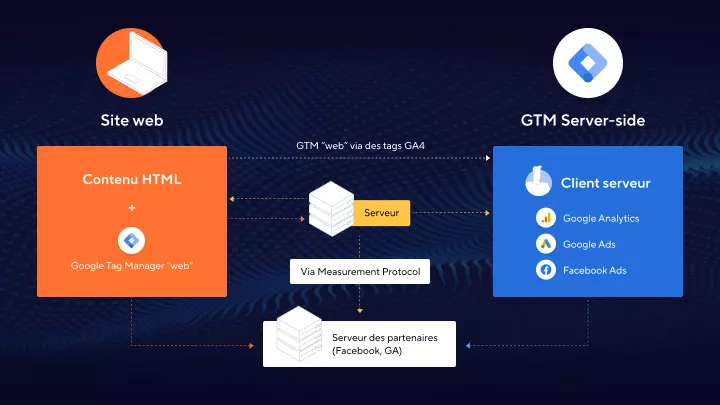
Recent and already essential innovation, server-side tracking refers to the principle of collecting data generated by a user when browsing a web page, sending it through a web server, and then transmitting it to a destination server or system (analytics, personalization tools, CRM, etc.).
This type of tracking offers three main advantages: improving website performance, particularly through reduced page loading times; securing data and respecting privacy by controlling user-generated data and reducing the risk of data leaks; and enhancing the quality of collected data.
As you may have understood, with the end of third-party cookies, browser blocking, ad blockers, and the use of conversion API, transitioning to server-side tracking is necessary this year. It will lead to an increase in the quantity, confidentiality, and above all, the quality of the retrieved data.
#3: Visualizing and leveraging your data
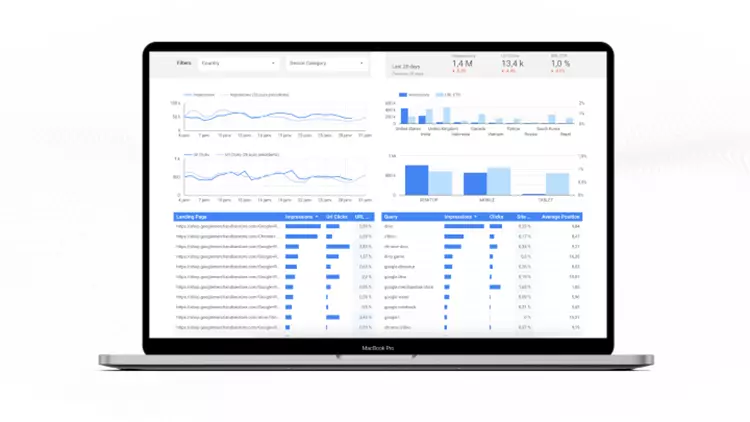
Are your data centralized?
Don’t waste any more time accessing your data to build your valuable KPIs by connecting to tools and creating static reports that will be outdated the next day. Opt for data visualization and invest in a custom dynamic dashboard!
It is one of the best foundations to enable you to make data-driven decisions by analyzing the overall context of your company based on well-defined KPIs.
Numerous tools are available according to your company’s needs and data sources; notable options include Looker Studio (formerly Data Studio), Tableau, or Power BI.
#4: Taking Care of Your Tracking
One of the first things to pay attention to when running a website is tracking! It is essential to clean and update it regularly. To remain effective and functional over time, tracking must adapt to the changes on your website and various marketing and analytics tools. Unnecessary tracking should be removed to avoid compromising website performance; a qualified web analyst can help by conducting regular tracking audits.
So, don’t make the mistake of neglecting it. Keep it alive! Also, if your most recent modification is over 9 months old, it is more than necessary to conduct an audit.
#5: Data Should Be Valued
Collecting data is good, but valuing it (or even monetizing it) is even better!
PWC recently published a study highlighting the rise of Chief Data Officers (CDO).
While data’s value is recognized today, companies still struggle to define its economic impact at a more detailed level. Deploying new data efforts with increasing costs, for an audience expecting rapid tangible results, is not straightforward.
However, it is worth noting that various approaches to valuing and/or monetizing data go hand in hand with the idea of managing data as a product.
#6: Embracing Minimalism
Data minimization is a concept that emerged alongside personal data management principles, especially in the context of “privacy by design.”
This principle has since spread to many companies through GDPR regulations, stating that personal data should be “adequate, relevant, and limited to what is necessary for the purposes for which they are processed.”
Perceived as a constraint at first, more and more companies see the benefits of an approach that aims to identify data with the potential to create more value and then measure their operational uses.
In 2023, it is high time to consider data minimization principles, beyond personal data, as best practices. Focusing on “just enough” allows combating information overload and dedicating energy, budget, and processing capabilities to data categories that matter the most—the ones that bring value to your company.
In a context of an urgent climate crisis, more severe than ever, this practice also contributes positively to environmental protection.
#7: Democratization of Data and DATA Mesh
Lastly, a significant change to note in 2023 is the democratization of data.
Agreed, it’s not a new trend. However, we observe a noticeable acceleration, encouraged by technological advancements and a strategic shift in various organizations.
Companies are increasingly aware of the importance of “opening” their data and providing free access to tools and innovations (Hello, ChatGPT, no introduction needed, or even Dall-E, which allows the creation of artificial artwork).
DATA Mesh?
Invented in 2019 by Zamak Dehghani, it refers to a decentralized architecture that assigns data ownership to an individual or team with the most knowledge about the subject. Considered a key tool in data democratization. Those operating on the public cloud will benefit from the 4 principles of the data mesh:
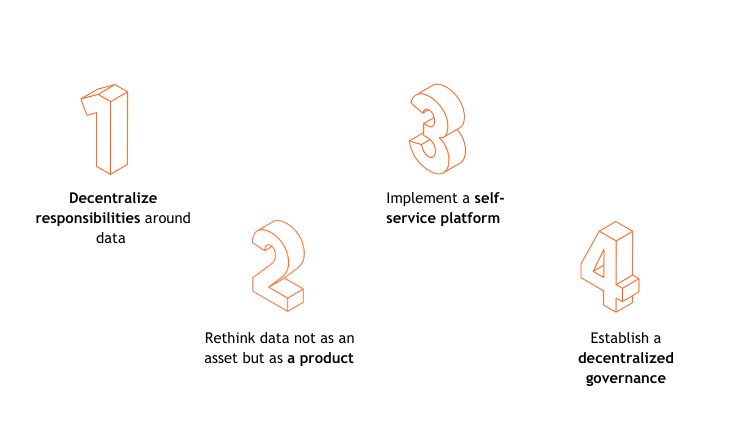
This refers to a collaborative valuation of data within the ecosystem. The challenge? To put it into practice! In 2023, the data democratization movement will gain even more momentum.
So, you haven’t heard the last of data in 2023!
